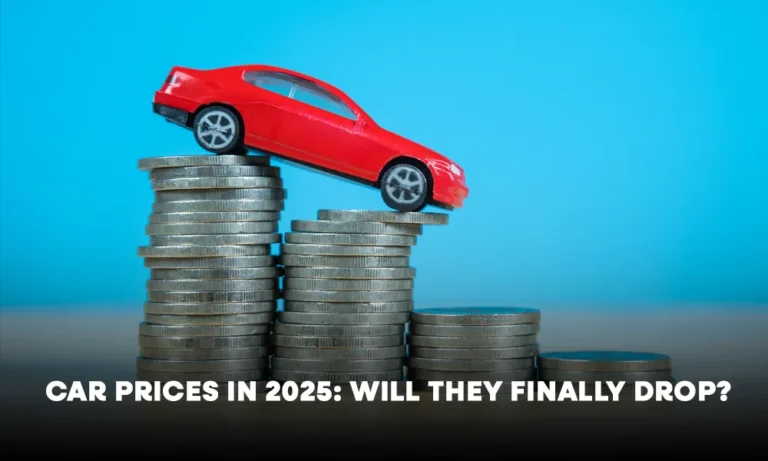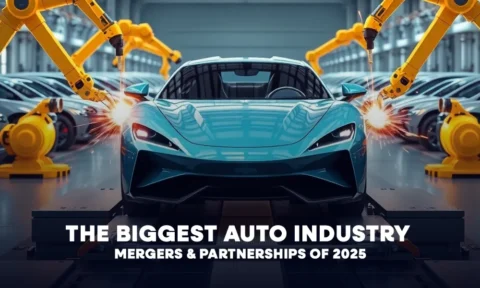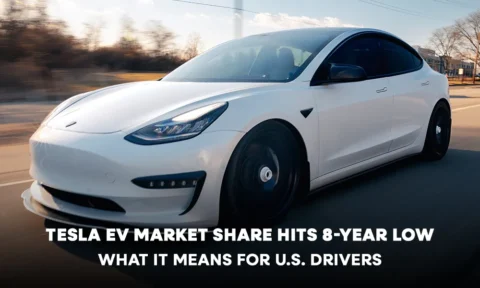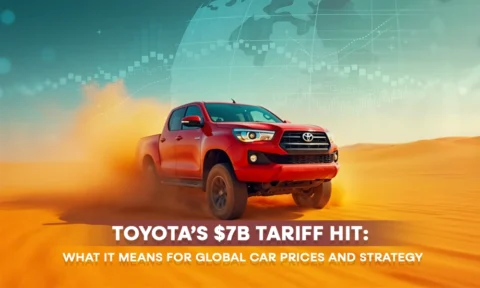If you’ve been holding off on buying a car, hoping prices would finally cool down, you’re not alone. For the past few years, car buyers globally have been navigating a market where the prices feel more like a luxury auction than dealership rates. With the buildup that came at the end of 2024, the question on everyone’s mind in 2025 is: Are car prices finally coming down?
Let’s take a look at what’s really happening across the global automotive landscape.
Prices Are Still Sitting Near The Top
In 2025, new car prices continue to remain near the all-time high prices recorded in 2022. While the prices have been stable, there have been no significant drops in prices except in a few segments. This includes the luxury car segment with Tesla, BMW, Lexus, Cadillac, and Audi bringing down their prices. Electric vehicles (EVs), especially Chinese brands, are now cheaper than before. As more models enter the market and battery tech becomes economical, competition is heating up—especially in the compact and mid-range segments. That’s good news for buyers who’ve been waiting for EV prices to reach more reasonable levels.
What’s Keeping Car Prices High in 2025?
Rising Input Costs
Raw materials like steel, aluminum, and lithium (used in EV batteries) continue to fluctuate in price. Manufacturers are still absorbing the impact of pandemic-era disruptions, and inflationary pressures haven’t fully eased. These costs trickle down into every car component—from chassis to chips—making production more expensive across the board.
Advanced Tech
Today’s cars are more like travelling computers. With features like autonomous driving systems, connected infotainment, and advanced driver assistance (ADAS), the tech load has grown heavier. While these upgrades enhance safety and are great to have, they also raise the baseline cost of manufacturing and push up retail prices. Love your hi-tech car? Then don’t complain about the prices!
Logistics & Operational Expenses
Global shipping costs, warehousing, and dealer overheads have all seen increases in 2025. Even as supply chains stabilize, the cost of moving vehicles from factory to showroom remains high. Automakers are also investing more in digital infrastructure and customer experience, which adds to operational spend.
Limited Incentives & Strategic Pricing
Unlike previous years, many manufacturers are holding back on deep discounts. With demand still strong in certain segments—especially EVs and luxury SUVs—brands are choosing to protect margins rather than chase volume. Strategic pricing is the norm in 2025, especially for newly launched models.
Regulatory Compliance & Emission Norms
Stricter global regulations around emissions and safety are forcing automakers to invest in cleaner tech and compliance upgrades. While this is great for sustainability, it adds cost to development and production—particularly for internal combustion engine (ICE) vehicles that need retrofitting to meet new standards.
Price Hikes Announced Across Brands
Major automakers have already announced price increases for 2025, citing rising input costs and regulatory pressures. These hikes range from 2% to 5% depending on the brand and model, and they’re affecting everything from entry-level hatchbacks to premium sedans.
Consumer Expectations Are Changing
Buyers today expect more—more tech, more comfort, more customization. To meet these expectations, automakers are packing in features that were once reserved for high-end models. The result? Even “basic” cars now come with premium price tags.
Final Word: Will Prices Drop Anytime Soon?
You are unlikely to see car prices drop dramatically in 2025. While some segments—like compact EVs and used cars—may see modest corrections, the overall market is still leaning toward premium pricing in 2025. That’s because of rising input costs, the advanced tech used in almost all vehicle segments, rising logistics and operational expenses, strategic pricing that looks to protect margins, and greater investment in cleaner tech and regulatory compliance. Moreover, the big automotive names have already announced they will be increasing prices in 2025.
As a prospective buyer, this may seem like gloomy news, but you have to admit we expect much more from our cars than we did a few years ago. If we want our cars to be like computers on wheels with the best of gadgets and connectivity, we need to be ready to pay the price.
The silver lining in all of this? More competition, especially in the EV space, could drive innovation and make these vehicles more affordable in the long run. In the meantime, if you can’t afford a new car, then consider shopping in the used car market. You just might land the perfect car that aligns with your budget and your needs.
To know more about automotive related news visit ask about cars now.







